What is up, guys? Welcome back to another video. Today, I’m really excited because we have the brand-new DJI O4 Air Unit Pro going up against an actual action camera, which is the DJI Osmo Action 5 Pro. I’ll put them to the test against each other and see whether the O4 Pro can actually replace a real action camera when it comes to FPV. I’m really excited for this one. Hopefully, you are as well. Let’s get started straight away.
Comparing the Footage
Now, let’s examine the footage real quick, as we have both cameras side by side. First, we have the O4 Air Unit Pro on the left, and then we have the Osmo Action 5 Pro on the right.

Manual Camera Settings
For starters, I began flying with manual camera settings. I tried making the clips look as good as possible by using manual settings. The footage was recorded in 4K at 50 frames per second in the D-Log M color profile, with a shutter speed of 1/100 and an ISO between 100 and 800. I chose not to lock the ISO because I’m passing through some darker areas and wanted the cameras to adjust accordingly. I’m not really sure what the white balance was, but it was the same on both cameras.
I turned off the stabilization because I wanted to use Gyroflow to stabilize both shots later in post, and then I graded the shots. I transformed the D-Log M footage to Rec.709, applied my own LUT to both clips in exactly the same way, and finally added some sharpness in post. As I never use the built-in sharpness, you’ll see how the shots look before grading and then after grading.
From what I’m seeing on the screens right now, without really pixel peeping too much, I think they’re neck and neck. In some areas, the O4 Air Unit Pro looks a tiny bit better than what we see on the Osmo Action 5 Pro. I’m purposely flying towards the sun in some parts so you can see how the cameras adapt when the sunlight is directly hitting the lens. The glow from the sun looks very similar. For this scenario, where we have strong natural sunlight, it’s really hard to see which one is better as we jump toward the next test.
Automatic Camera Settings
All of the following footage was shot in automatic camera settings—everything set to auto: the white balance, shutter speed, ISO, and built-in stabilization. If you don’t want to deal with color grading and stabilizing your footage, this is what you can expect from both cameras.
Here, the O4 Air Unit Pro has a slightly warmer image, and when the sun shines directly at the camera, it produces a lot more glow. Meanwhile, the Osmo Action 5 Pro footage looks a bit dull and flat, even though the color was set to 10-bit Normal. I wasn’t really expecting it to be that desaturated, but both still look great. Personally, it’s not something I would use for FPV because the image is less vibrant and less appealing to me. Those small things—like locking your camera settings, color grading your footage, and adding sharpness later in post—really go a long way in making your footage look much better. That’s why I’m a big advocate for always shooting in D-Cin, color grading your footage, and not relying on the camera’s auto settings. The built-in stabilization is still good, but side by side, this is what you get straight out of the camera.
Low-Light Comparison
Here’s where you’ll see the biggest difference. This footage was shot right after sunset. You can still see the orange glow at the horizon, but the Osmo Action 5 Pro has much better quality. You can see more detail, and the sharpness is on another level. That likely has to do with how the Osmo Action 5 Pro’s processor handles the data. Despite the O4 Air Unit Pro having almost double the bit rate—around 115 Mbps compared to 66 Mbps on the Osmo Action 5 Pro—it doesn’t necessarily yield better quality. The processor in the Osmo Action 5 Pro is doing a lot of work, giving you a better final image to work with. Before and after grading, it looks noticeably better on the Osmo Action 5 Pro.
So, if you’re shooting in darker times when there is less light, you’ll see the biggest difference here. In bright and sunny conditions, like in the earlier examples, you can’t really notice a difference. But in low light, it’s quite clear. Again, I used exactly the same camera settings on both cameras, graded them the same way, but the results are different.
Pros of Using the O4 Air Unit Pro
For FPV, a few considerations are important. Let’s start with the pros of ditching your action camera in favor of only using the O4 Air Unit Pro.
- Performance Boost: The first thing you’ll notice when you remove your action camera is the huge performance boost. Not having to deal with an additional 200 grams or so on top of your frame will make your drone feel like a rocket. The increased speed, agility, and smoothness will be very noticeable. In FPV, every gram matters, so this makes a massive difference.
- Improved Image Quality: Even before, the O3 Air Unit was great, but now it’s amazing to see how close it is to an actual action camera. The quality is extremely similar, as demonstrated by the examples in this video. With a single camera that also provides your FPV feed, the footage is recorded onto the built-in memory or an SD card, and the quality can be really impressive—especially in bright, sunny conditions.
- Manual Settings and Post-Production: Combining manual camera settings, D-Log M, and Gyroflow, you have everything you need for a jaw-dropping FPV video. My personal LUTs work well with D-Log footage, so you can easily transform the look of your videos.
- Peace of Mind for Risky Shots: For those riskier, more precise shots, it’s far more enjoyable and less stressful not to worry about an additional three- or four-hundred-dollar camera on top of your drone. You only worry about the drone itself. This allows you to attempt more daring maneuvers, potentially making you a better pilot.
Cons of Using the O4 Air Unit Pro
- Redundancy: Having an additional camera can be a lifesaver in many instances, such as wrong settings, corrupted files, or failing to record. A second camera provides valuable backup if something happens to your main footage.
- Frame Compatibility: Depending on your frame, you might see props in view. If you use a dead-cat-style frame, you might not have this issue at all. But on certain X frames, you might experience it. The O4 Air Unit Pro’s lens sticks out more than the old O3 Air Unit, so in some cases, you’ll see props. A small zoom-in during post can solve this, though.
- Visibility in Locked Settings: If you lock your camera settings for the best image quality, you might face visibility issues going from bright to dark areas. You can allow a variable ISO or shutter speed, or just deal with limited visibility. It’s a trade-off when using one camera.
- Frame Rate Limitations: You might want to fly with a higher frame rate for smoother feed in the goggles, but that’s less cinematic. Shooting at 50 or 60 fps is a good compromise, especially if you want to slow the footage down by 50% on a 25 fps timeline.
Final Verdict
So, can the O4 Air Unit Pro replace an action camera? For 99% of people, absolutely yes. The O4 Air Unit Pro can serve as a fantastic action camera for FPV with no real need to attach anything else. Even for commercial purposes, the advantages outweigh the disadvantages, especially if you know how to stabilize and color grade.
For many, including me, this will eliminate the need for a separate action camera, encouraging more flights and riskier, more creative shots to get those super-nice results. I hope you enjoyed this comparison between the Osmo Action 5 Pro and the DJi O4 Air Unit Pro. It’s been a real pleasure making it.
If you enjoyed this video, please don’t hesitate to click the like button and subscribe for many more videos like this one. This is Mike from Drone Supremacy—never stop flying, and I’ll see you very soon in my next video. Ciao!
Discover more from DroneXL.co
Subscribe to get the latest posts sent to your email.
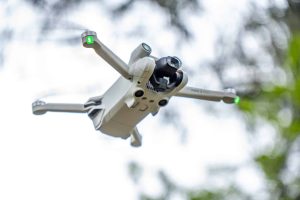
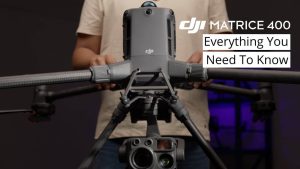
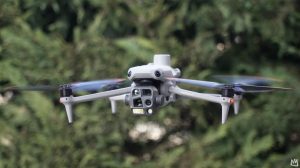
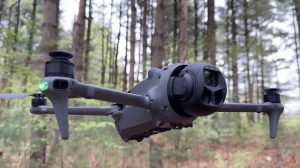
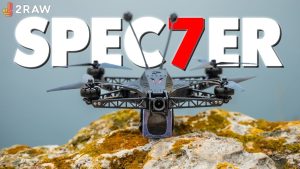
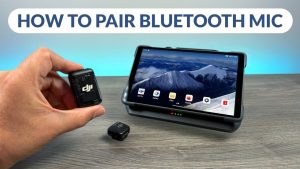

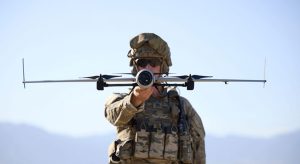
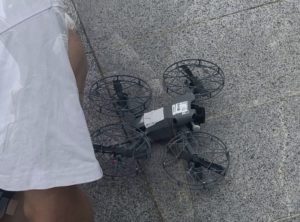
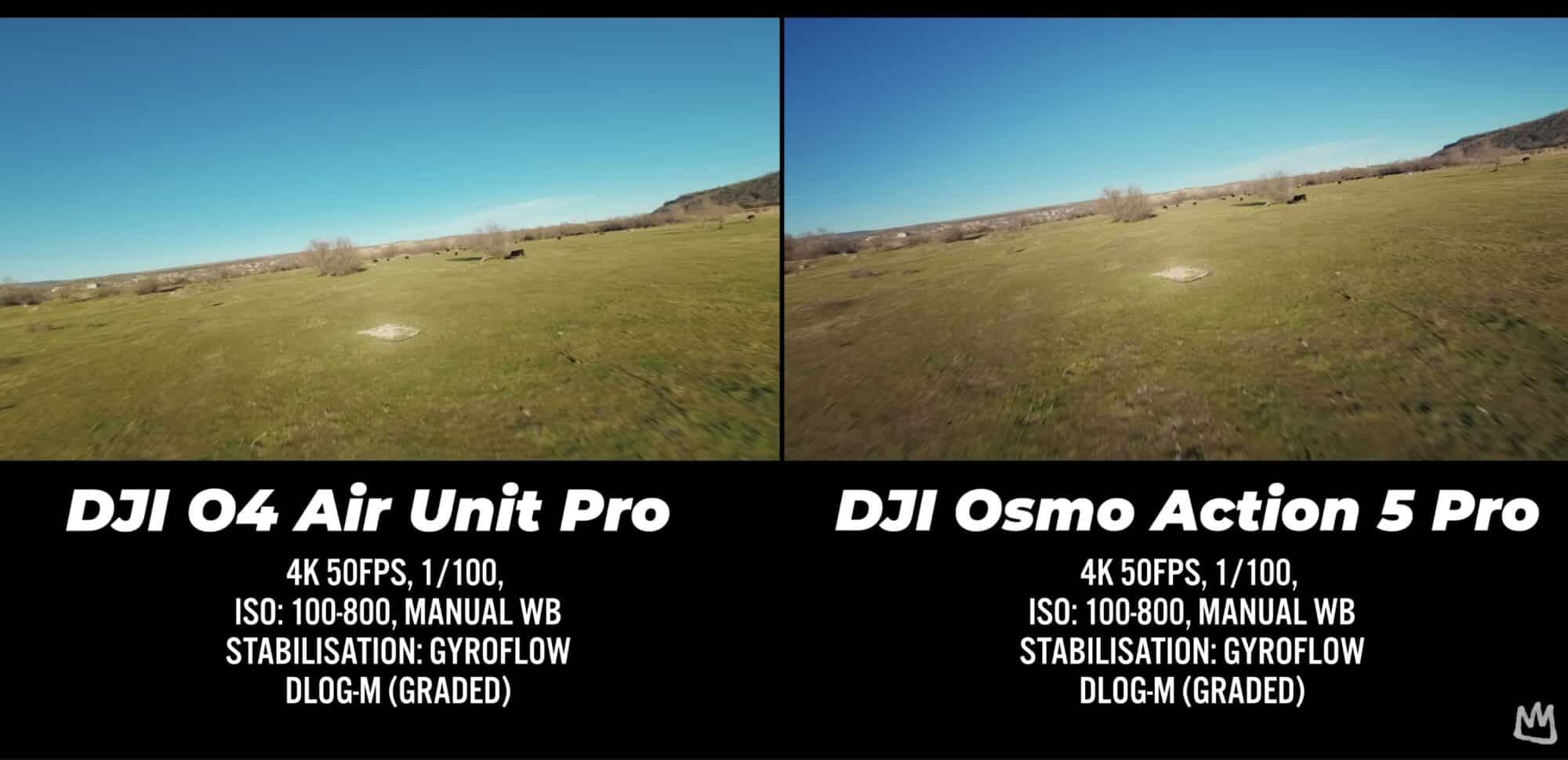

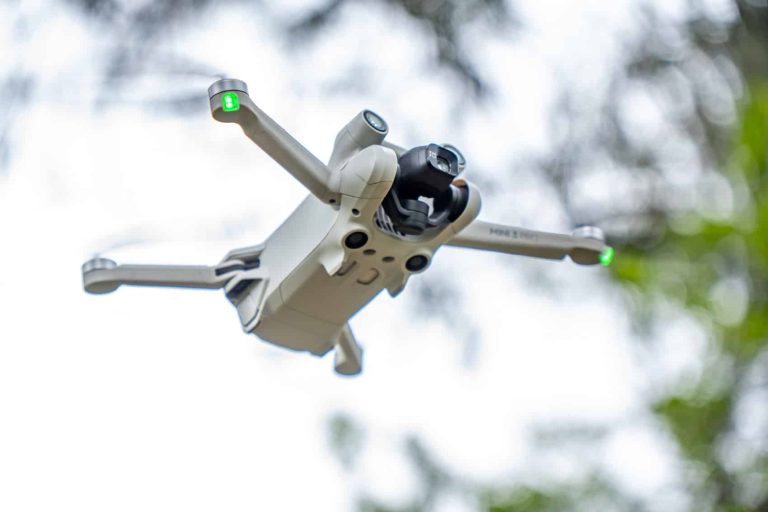
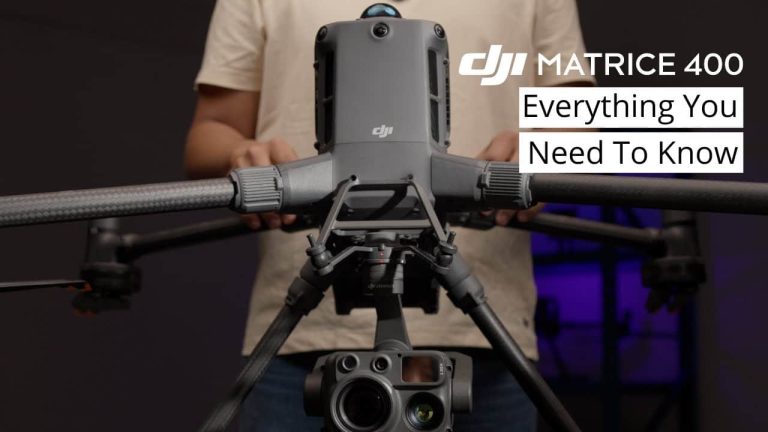
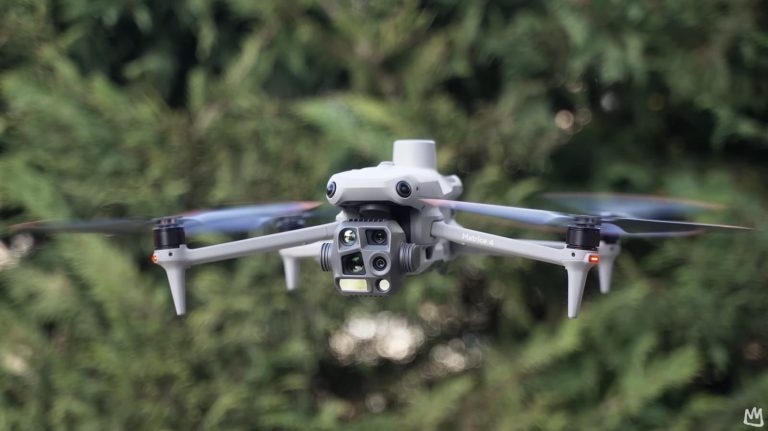

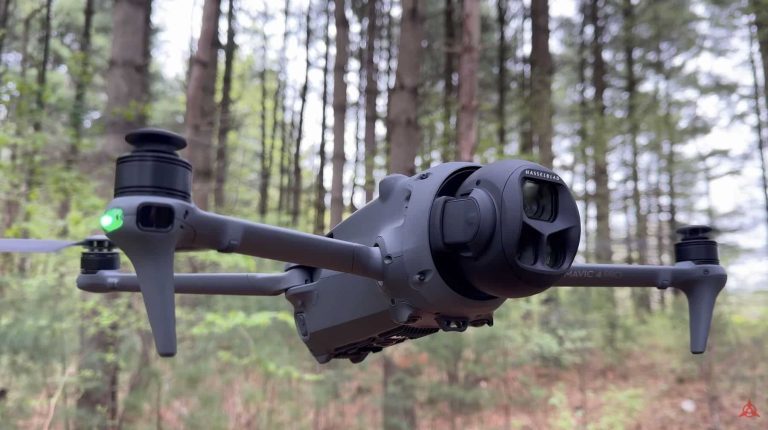
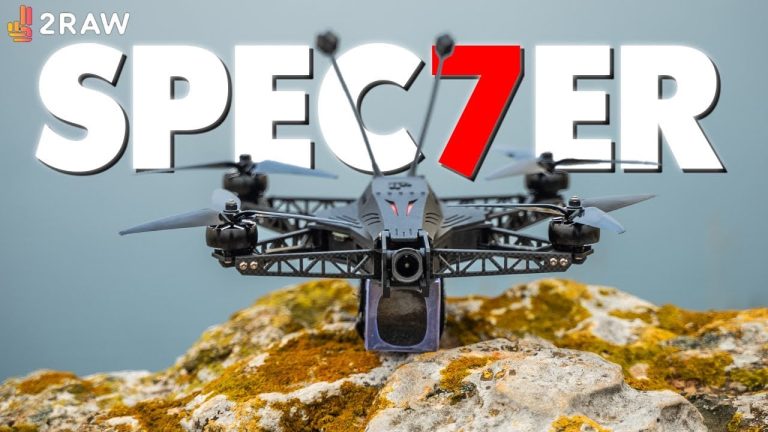
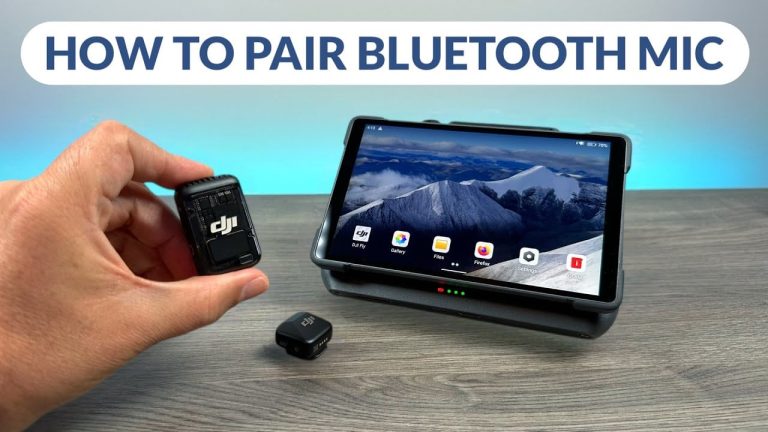
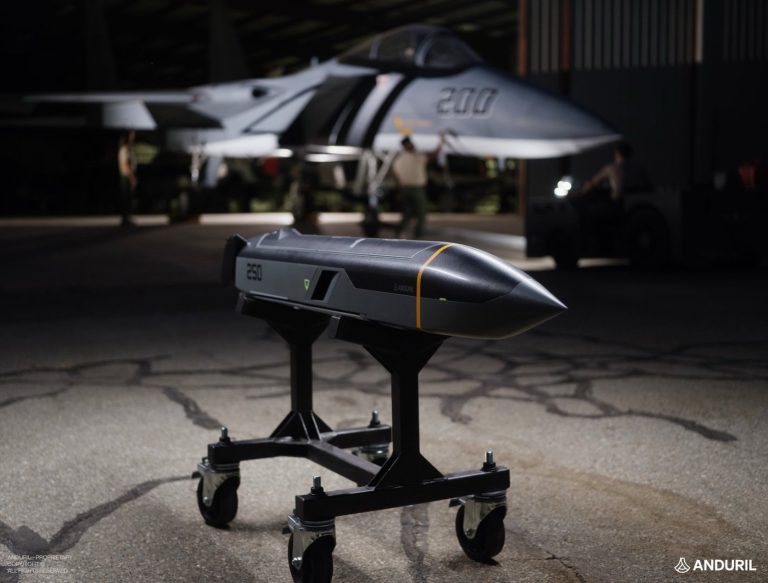
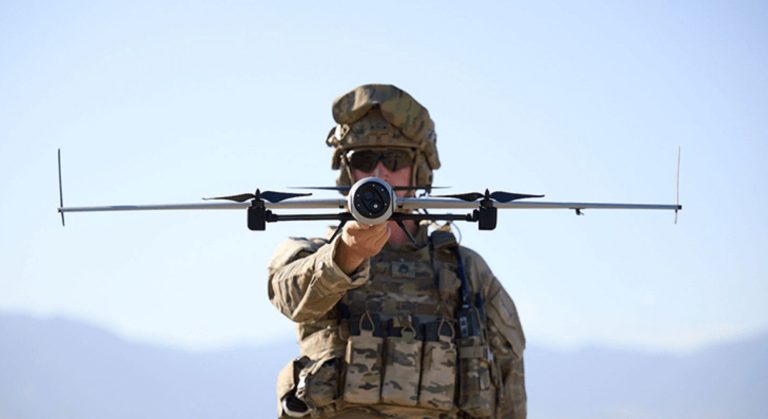
+ There are no comments
Add yours